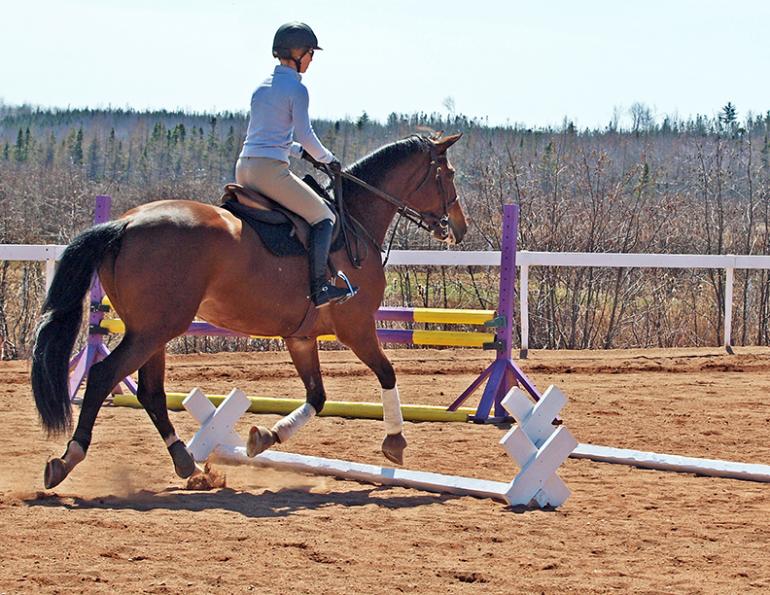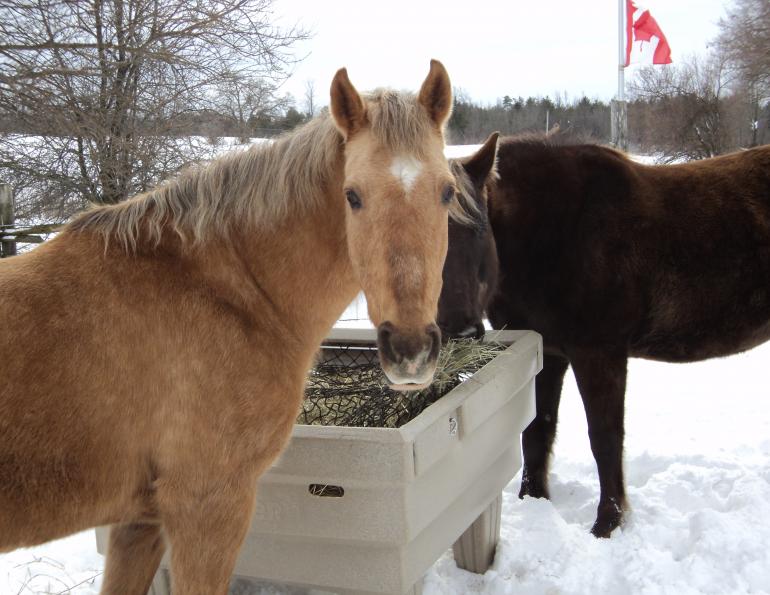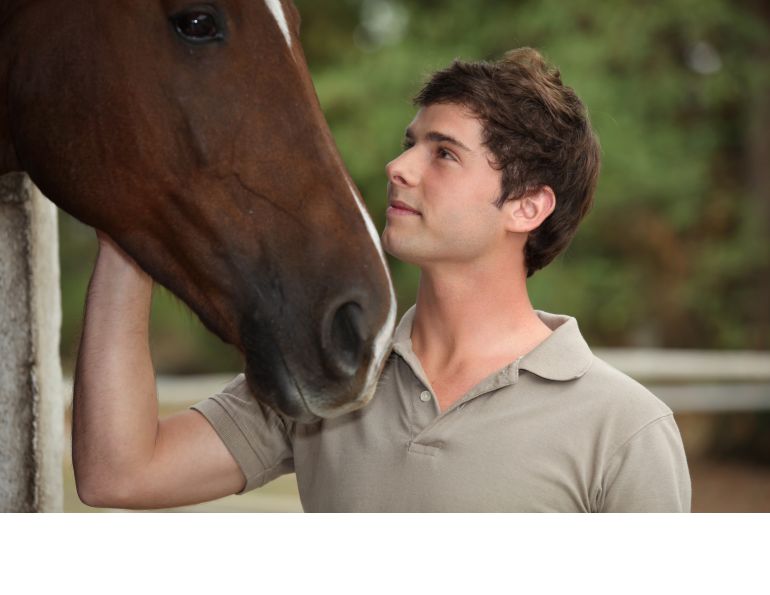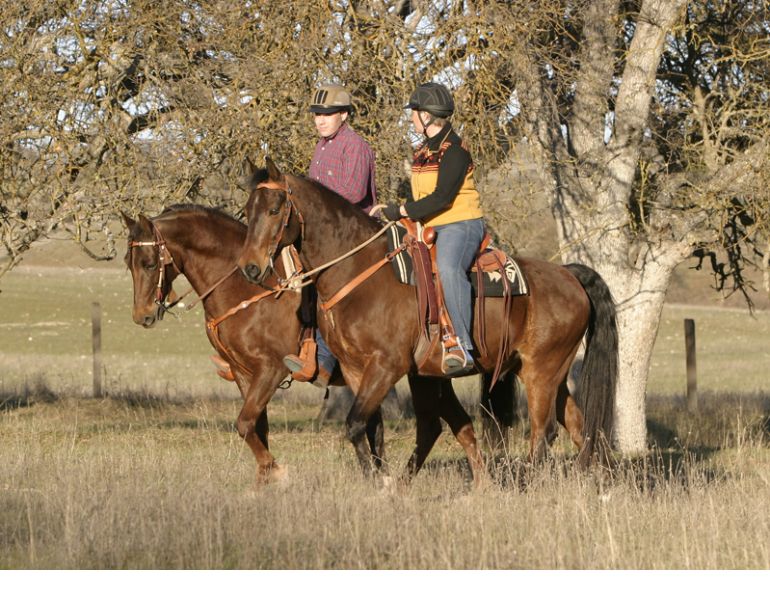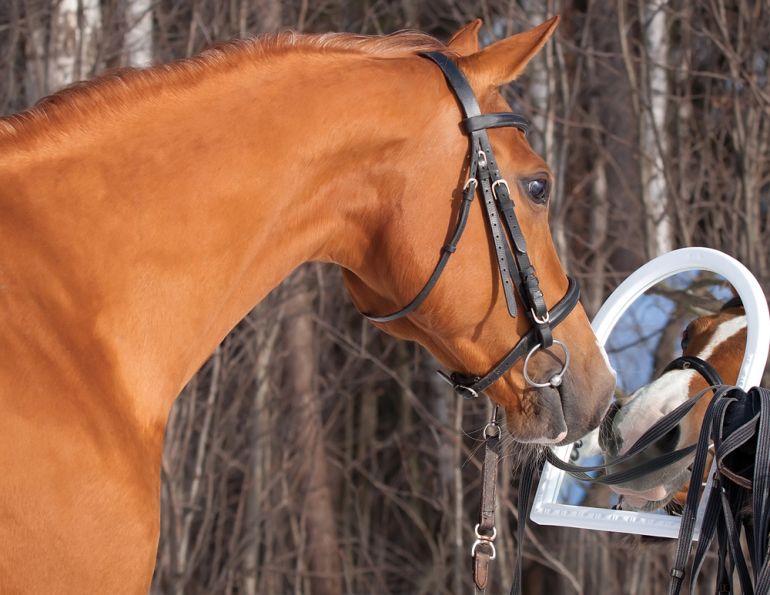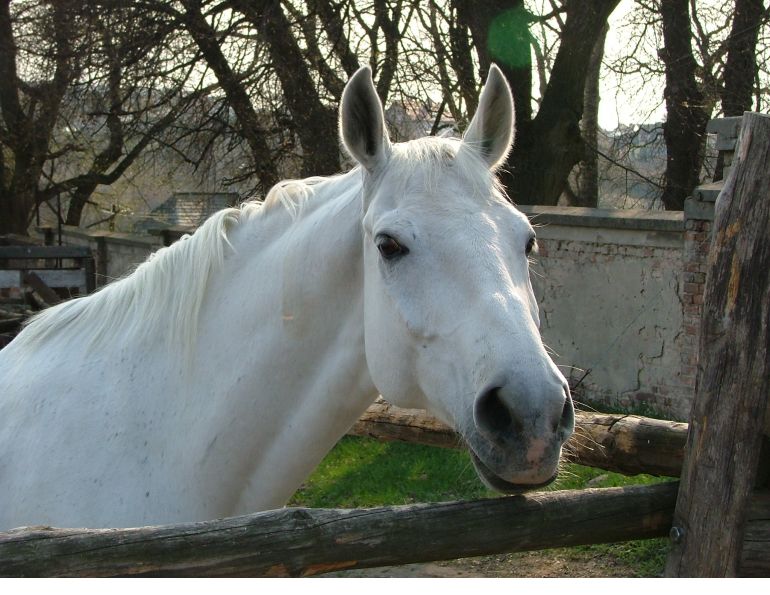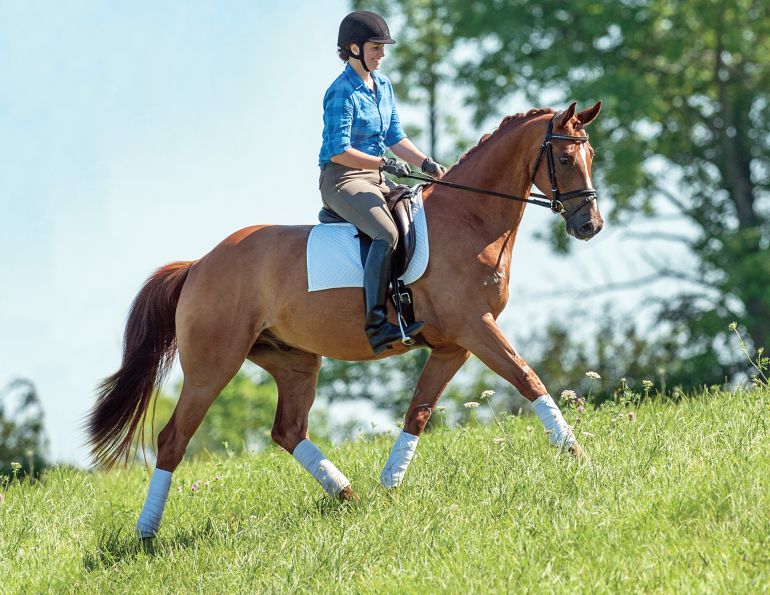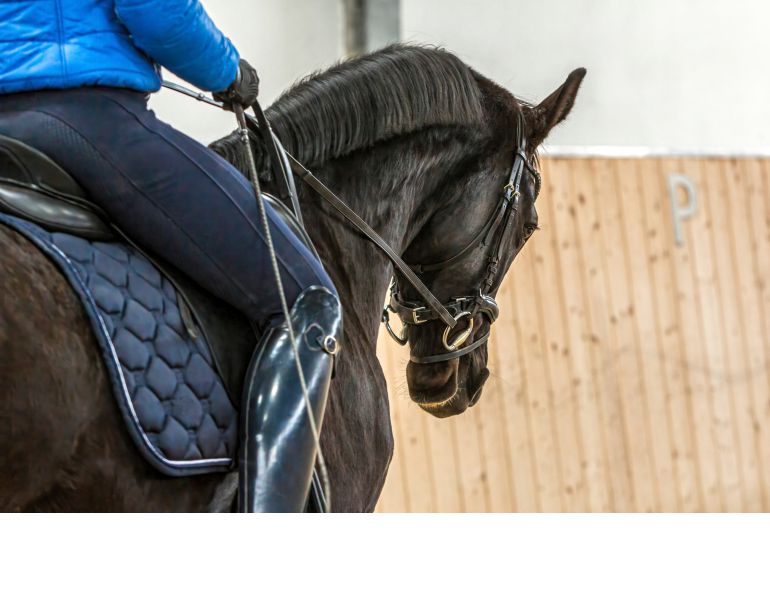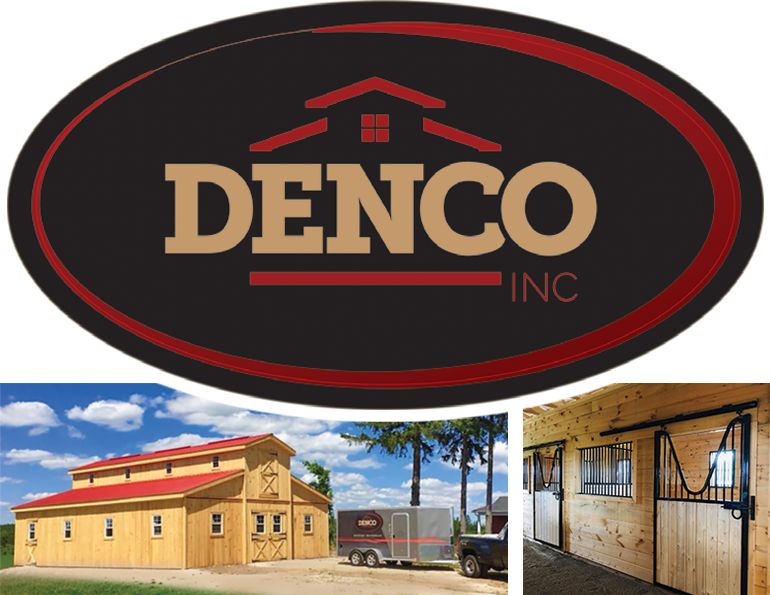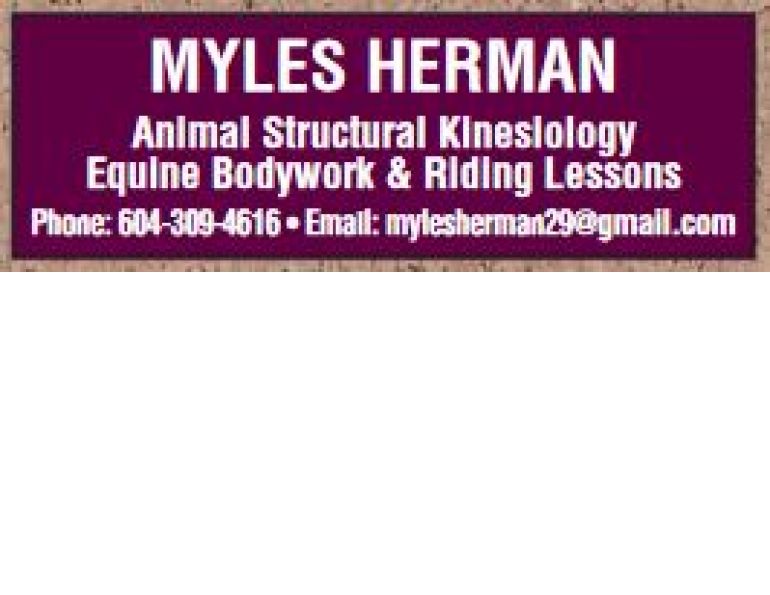By Will Clinging
From time to time I am asked to evaluate a horse that needs training or has run into difficulty during the training process, and perhaps one that someone is looking to buy.
It is getting to the time of year when we start riding more diligently, our young horses are ready to be started, or we are ready to help our horses deal with some issues. In order to set realistic goals for yourself and your horse, you should first evaluate where your horse is right now. Once you have a goal, you need a plan to achieve success, because with the right approach success is just a matter of time.
A big part of evaluation is accurately interpreting what your horse is telling you. It’s important not to jump to wrong conclusions because you are blinded by blatant gestures; you must also pay attention to your horse’s subtle actions. The blatant gestures are your horse yelling at you; the subtle ones are him carrying on a polite conversation. I try very hard to understand the intention behind each action and not to judge the action by itself.
Don’t be blinded by blatant gestures, pay attention to the subtle ones too. Try to understand the intention behind each action and not to judge the action by itself. Photo: Robin Duncan Photography
There are many good horses that behave badly. That does NOT make them bad horses! Judging intention rather than action takes a great deal of trust in your own instinctive understanding. If you do not trust your own sense of what is going on, you will misinterpret what your horse is saying. Remember, you and your horse are speaking different languages so misinterpretation is very common.
There must also be a rational approach that tempers instinct. Fear, for example, has a way of clouding our thoughts. If I become afraid or threatened by my horse’s actions it will not allow me to be open minded about the intent of his action. To be accurate, any evaluation must be done in an unemotional, methodical manner.
Cause and effect are a constant part of evaluation. If I apply pressure, the horse will respond in the way he feels necessary. If I use too much pressure he will likely overreact; not enough pressure and he may not react at all. Reaction is relative to the initial action. I must remain aware of what I am doing because it causes the horse’s response.
I look at a variety of things that could play a part in determining what direction the horse or his training should go. I get as much input as I can about every aspect of the horse’s life. Some of this is simple observation and some is requested information, but the more I know about the horse the better job I can do. Some of the information will be irrelevant to the current situation but may have played a part in the horse’s mentally maturity and physical development.
A horse that is handled with confidence will be a more confident horse. Photo: Robin Duncan Photography
I have a quick look over the horse’s body to see if there is anything obviously wrong. I look at the horse’s expression before I start to handle him, as well as the environment he lives in or has just come from. I observe how the horse is handled by his owner and the owner’s attitude towards the horse, knowing that confidence builds confidence and fear builds fear.
Next I want to see how well the horse can cope with stress. Is he panicky, violent, bored, curious, or unsure how to respond? This will help me determine the horse’s confidence level or lack thereof. Is the horse physically talented? Is the horse inclined to try to be correct or is he naturally evasive?
Age is an important consideration. If the horse is misbehaving because he has had no handling, he doesn’t understand how he is expected to behave. Or he could be behaving in a way that has been established due to handling. Poor behaviour in an older horse is often the result of poor or inconsistent expectations from his handlers. The older the horse, the deeper rooted the behaviour is likely to be, and the longer it could take to change.
I also learn about the level of training the horse is supposed to have and the training goals that are set for him. Once I get a sense of who the horse is and an understanding of where the owner wants him to eventually be, I can customize the training methods to suit the horse’s needs. As a rule I try to look for things that are not working well for the horse or handler and concentrate my efforts there. This approach does tend to open the proverbial “Pandora’s Box” but I believe that true success lies in overcoming the things that are holding us back rather than the repetitious completion of unimportant movements.
A good evaluation of who your horse is, what he knows, and what he needs will offer you the chance to make the horse you have into the horse you want. With this information you can make an informed decision about the right approach for you and your horse from the many training methods available.
If at some point you realize that the direction you thought you should be going in is not working, it is time to reevaluate. This may happen frequently until you find the method that your horse believes in rather than the method that you thought might work. Don’t take it personally if things don’t always work — if that was the case I would have stopped working with horses long ago. Keep your horse’s best interests at heart and you won’t be far off the mark. Just be prepared to adjust your aim from time to time.
Main photo: Robin Duncan Photography - Keep your horse’s training goals in mind when doing an evaluation.



